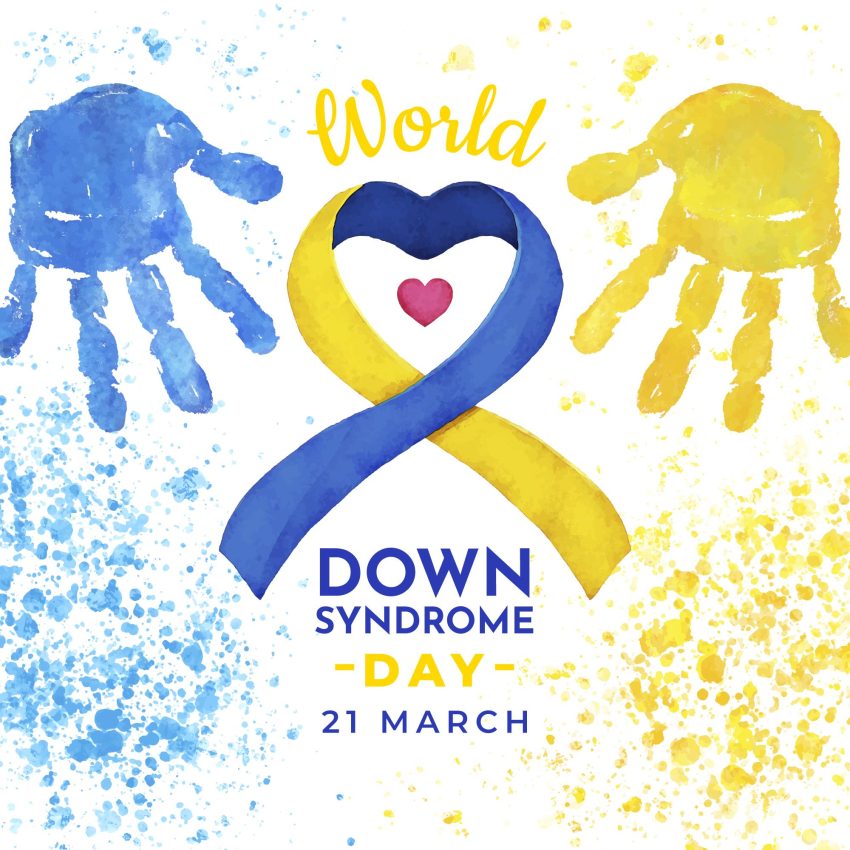Today is World Down Syndrome Day. It is a global awareness day focused on raising awareness and advocating for the rights and lives of individuals with Down syndrome, with the theme “Improve Our Support Systems”.
For those who don’t know, the date, 3/21, symbolizes the triplication of the 21st chromosome, which is what causes Down Syndrome – A genetic condition linked to intellectual disability, distinctive facial features, and possible health concerns such as heart issues. As the individual with Down Syndrome ages there is a condition, now known as Down Syndrome Regression Disorder (DSRD), that a percentage of them get. This horrible condition is known to cause a sudden or gradual loss of skills, including speech, motor abilities, and cognitive function. This regression can occur in adolescents or young adults, often without a clear trigger.
But there is hope on the horizon from Dr. Jonathan Santoro, a pediatric neuroimmunologist at Children’s Hospital Los Angeles. He became instrumental in advancing the understanding and treatment of DSRD. Since 2019, he and other leading doctors have developed an experimental treatment protocol that includes high-dose steroids and an immunotherapy called intravenous immunoglobulin (IVIG).
In 2022, an international expert consensus led by Dr. Jonathan Santoro established standardized nomenclature, diagnostic workup, and criteria for what is now termed Down Syndrome Regression Disorder (DSRD). See this link – https://pmc.ncbi.nlm.nih.gov/articles/PMC9335003/
OKAY, enough of that . . . how about I be a little more personal:
Osiyyah, my 20-year-old son with Down Syndrome has DSRD and received an official diagnosis on February 3, 2025 when the fluid from his lumbar puncture came back with high levels of protein in it. He has since received his first round of IVIG (which is called a 4 day loading phase). We have seen some small steps of improvement. People who don’t live with the family of those dealing with DSRD might say, “When will IVIG cure him” or “Looks like that stuff really works fast.” (based on the person with DSRD having a good day after an IVIG treatment) . . . Then the next day . . . CRASH!
So, how to explain it? At times I want to just yell and run down the road saying, “Welcome to life with someone who has psychotic episodes”, as I look like a psycho myself screaming and running. But that wouldn’t solve much, would it? At other times, I feel as if I could give a college lecture about DSRD, the neurons in the brain that are misfiring, a discussion of various forms of encephalitis, what role does GABA play in the brain and the overexpression of it in the brain of an individual with Down Syndrome, etc, But in short and easy terms – IVIG is used to deal with the inflammation in the brain that this devastating condition brings with it. Various drugs, like Lorazepam, are used to help keep the catatonia at bay (so to speak) while the brain hopefully heals.
How long will this take? No one really knows.
Is it a permanent cure? No one really knows.
Will he ever be like he was? That is the hope.
“Hold on to the moments, not the days” is what I was told to do by Erin Andrus Parks (A mama warrior herself in regards to dealing with DSRD, who has been at this way longer than I have).
“Remember we don’t know what all is messed up in his body. IVIG is repairing all of it. It’s going to cause a war in his body. But in the same breath, don’t brush things off as that, if it may not be. As always, we’re in a trial phase of things. We are fortunate to be able to learn about treatments when it’s so new and so early to be treated. We are helping blaze this trail for others. I know it’s not easy, and it’s a lot.” – My oldest daughter, Qadoshyah Armendariz, said this to me the beginning of this month.
So, I wake up and face each day.

